1
Fanatec ClubSport Pedals v3
Sim-racing is a discipline that has grown enormously in recent years, thanks to major players who are not only passionate about the discipline, but also take the sector in which they operate very seriously. As you all know, sim-racing often straddles the line between reality (motorsport) and simulation, and this very line is sometimes very blurred. At least, that’s how I feel when using certain brands’ peripherals.
Speaking of peripherals, we’ve all been faced with a situation where it wasn’t easy to choose between a steering wheel, a crankset or a chainstay. Except, racers tend to choose a pedalboard just to complete their setup, and that’s a big mistake. Many sim-racers believe that a crankset isn’t the most important element in a sim-racing setup, when in fact it’s just as essential as a Direct Drive base.
In what follows, I’m going to introduce you to two very popular pedalboards in the rather premium segment of sim-racing peripherals: the Heusinkveld Sprint and Fanatec ClubSport Pedals v3. I’ll tell you about their strengths and weaknesses, and help you make the right choice.
Fanatec ClubSport Pedals V3

Advantages :
- Excellent build quality
- High-performance crankset
- Load Cell on pedals
- Compatible with all platforms (PC and consoles)
Disadvantages :
- No pedal travel adjustment
Fanatec is a very famous brand in the world of sim-racing, thanks in particular to its high-performance products, which often push the boundaries between realism and simulation. In fact, Fanatec has been chosen by BMW to equip this season’s GT cars with steering wheels.
The German manufacturer’s catalog is vast, with products for every rider. You’ve got steering wheels, chainstays, cranksets, shifters, handbrakes and a host of hubs. Everything is configurable, and everything works perfectly with the ecosystem. As far as I’m concerned, Fanatec is by far the market leader in terms of sim-racing peripherals and ecosystem.
One of the German manufacturer’s peripherals is the famous ClubSport Pedals V3 pedalboard, a rather mid-range product whose performance is excellent. Let’s start with its design: the ClubSport Pedals V3 is made entirely of metal, and is available with 3 pedals. The pedals are all black, with a few red accents. It’s beautiful, and very sober. I love it, anyway.
Like the Sprint, the ClubSport Pedals V3 is Load Cell on all 3 pedals, with a maximum force of 90 kg on the brake pedal. That’s less than the Sprint, but Fanatec’s device is also less expensive. So… Unlike the Sprint, the ClubSport Pedals V3 comes in one piece, and this pedalboard can be mounted on a cockpit or used on the ground. Already, this is a plus over the Dutch manufacturer’s crankset.
In terms of manufacturing, there’s nothing to say: it’s premium, made from steel and aluminum. It’s very solid, built to last, with pedal customization options to suit your preferences.
Let’s talk about the most important element: the sensations. Well, it’s great. It’s not at the same level as the Sprint, of course, but the ClubSport Pedals V3 is still an excellent premium crankset. The clutch is degressive, just like in a real car: as the stroke increases, the pedal becomes softer. It’s perfect. The gas pedal is standard: spring-loaded pedal with vibration. Braking is ultra-realistic, with vibrations to simulate ABS interventions. And I love that, especially with the 90 kg Load Cell. It’s just what you need for excellent sim-racing sensations.
Now for the price. The ClubSport Pedals V3 is priced at almost €400 on the Fanatec website, which frankly puts it in an ideal position to satisfy both amateurs and fans of sim-racing.
Heusinkveld Sprint
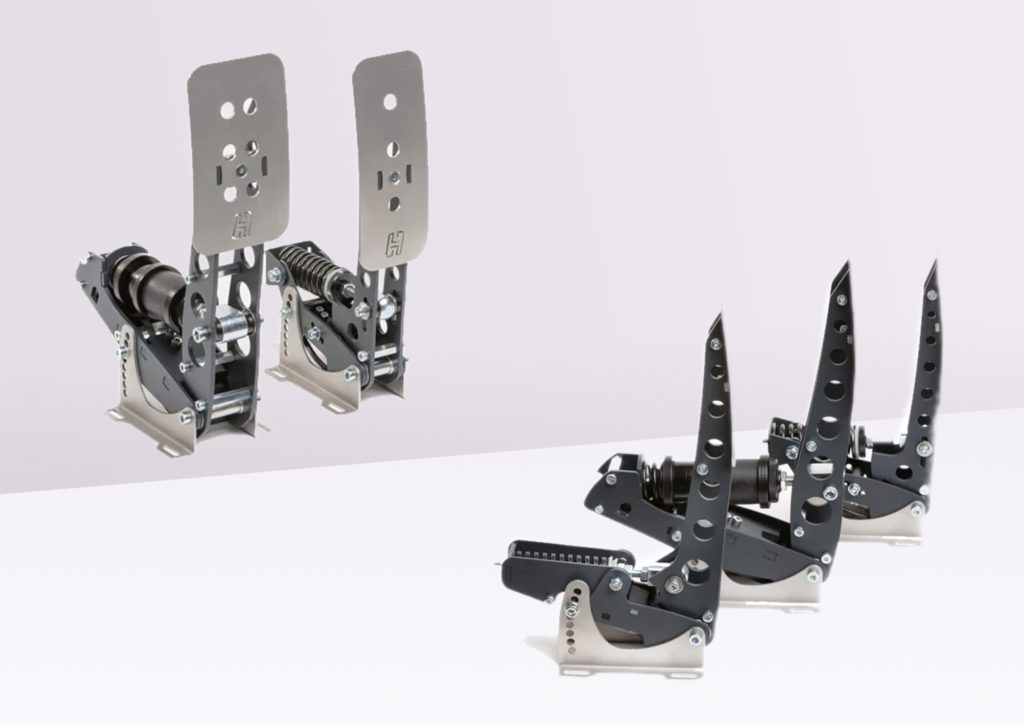
Advantages :
- Premium crankset
- Excellent build quality
- Extreme sensations
Disadvantages :
- High prices
- Crankset sold without pedal support
The Heusinkveld brand is well known in the field of high-end sim-racing peripherals, mainly pedalboards and shifters. In fact, many racing drivers choose Heusinkveld peripherals for their training setups, and this speaks volumes for the quality of the brand’s products.
Heusinkveld was founded by two Dutchmen several years ago, and since then they have devoted themselves to premium peripherals, made from noble materials such as stainless steel, and often at very high prices.
Heusinkveld’s product catalog includes the Sprint, the “entry-level” pedalboard from the Dutch manufacturer. We’ll soon see that there’s nothing entry-level about this device. The Sprint uses laser-cut steel to produce all its parts, and it’s simply magnificent. Unlike other pedalboards, the Sprint is made up of individual pedals, available in kits of 2 or 3 pedals, in Load Cell of course.
The load cells of the pedals are different from one another, for the simple reason that the behavior of the 2 or 3 pedals is not the same. Let’s start with the brake. This has a Load Cell that can produce up to 120 kg of force, which is quite simply enormous. The pedal is highly responsive, providing ultra-precise braking control in all situations.
In particular, the Load Cell allows data to be read according to braking pressure, which is even more precise for sim-racing sessions, and also adds an extra layer of immersion, as it’s almost like being in a racing car.
As for the feel, it’s simply surreal. I didn’t feel any dead zones when using the Sprint, and this is largely due to the brand’s software and also to the pedals themselves. As soon as you put your foot on the brake pedal, the car starts braking immediately, and the further you push the pedal, the more powerful the braking becomes, with more bite. It’s simply exhilarating, especially if you’ve already had sessions in a racing car.
As for the gas pedal and clutch pedals (if you opt for the latter), the feel is identical to that of the brake pedals, but to a lesser degree, particularly as regards the force absorbed by the pedals, which is around 13 kg.
Let’s move on to the Sprint‘s “shortcomings”. For a start, this crankset is sold without a pedal bracket, which means you have to mount the pedals directly on your cockpit/chassis or buy the bracket, which is sold separately. As far as I’m concerned, it seems cheap of Heusinkveld not to include the bracket on the Sprint, especially when you see the price of this crankset at over €635 for the kit with 3 pedals. For the 2-pedal kit, count on almost €100 less. And that brings us to the Heusinkveld Sprint ‘s second shortcoming: it’s still an expensive crankset, especially if you have to buy the stand, which costs over €100. All in all, you can expect to pay almost €740 for this crankset, and that’s really expensive. However, as far as I’m concerned, the Sprint is still the best Load Cell in its category. But if you’re not convinced, you can read my full review of this pedalboard by clicking here.
Which one to choose?
- Budget. First of all, the 2 cranksets are not sold at the same price. The ClubSport is almost €240 cheaper than the Sprint in identical pedal configuration, without the bracket. Otherwise, it’s a difference of €340, which is really expensive.
- Platforms. ClubSport Pedals V3 is compatible with all platforms, enabling it to reach a wide audience. Sprint will only run on PC, which limits the user pool to this platform alone, and I think that’s a shame.
- The ecosystem. I’m not going to lie to you, but I find Fanatec’s ecosystem richer than Heusinkveld’s, with many products that all work together. You can have a DD Podium base that will work perfectly with an entry-level pedalboard from Fanatec.
- Feel. On this point, the Heusinkveld Sprint surpasses the Fanatec ClubSport Pedals V3, and not just a little. The Sprint has no dead zone on the pedals, something that is present on the ClubSport, but in small doses.
- Availability. Both pedalboards are fairly easy to find online, whether in the manufacturer’s boutiques or in other stores.
I hope this article has been helpful, and if not, then I invite you to discover my review of the best cranksets for Sim Racing by clicking right here.

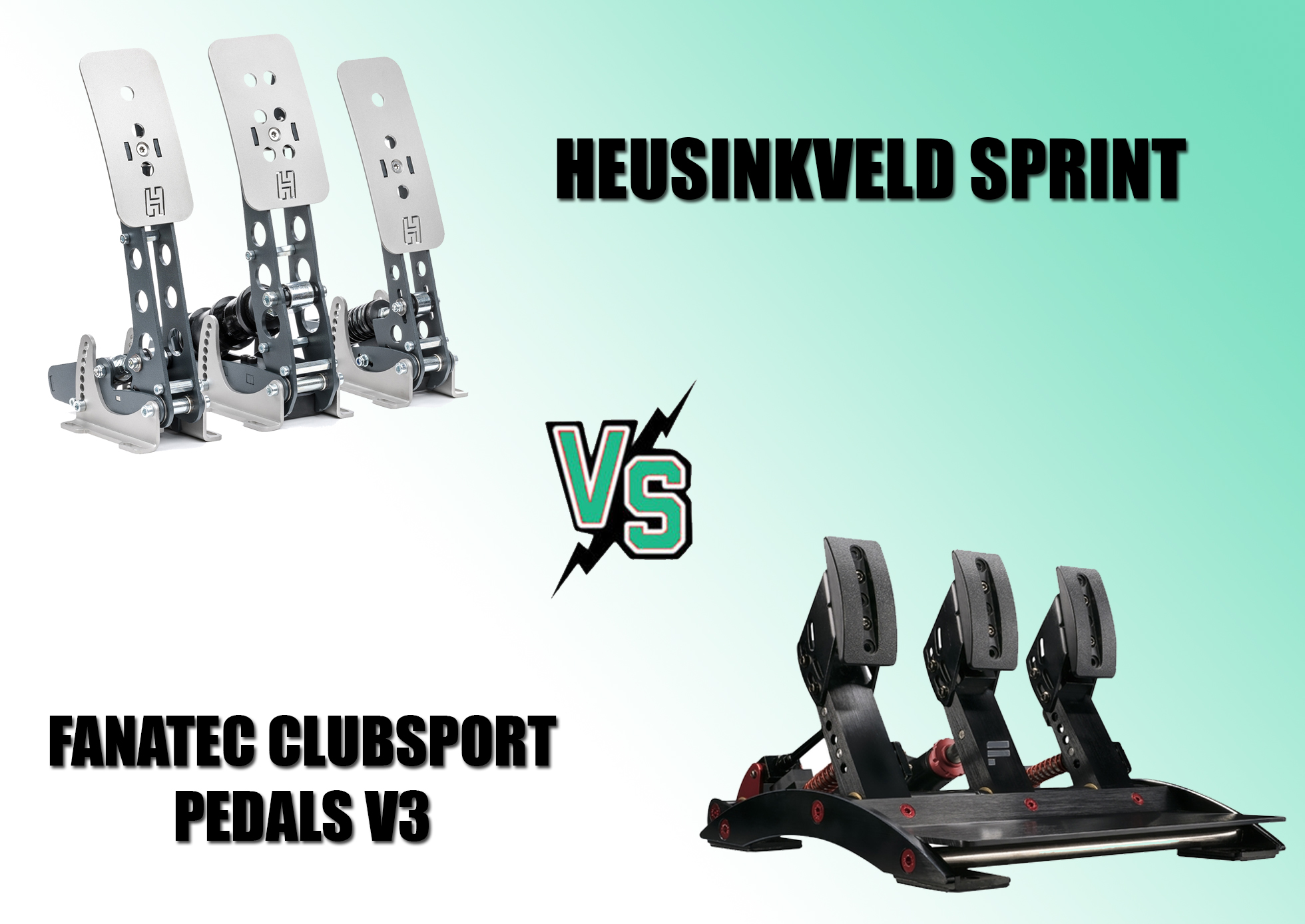
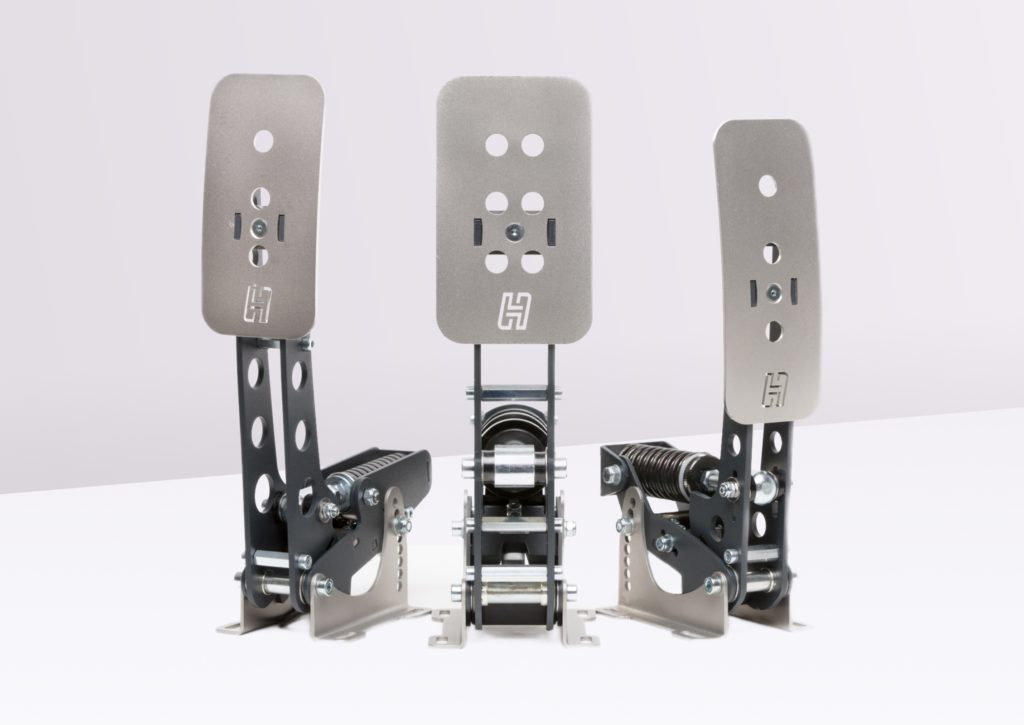
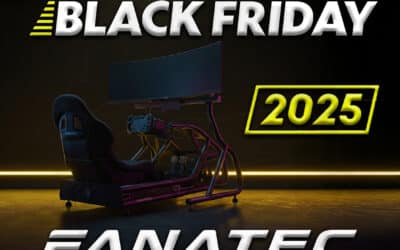
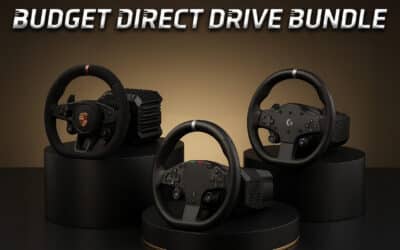
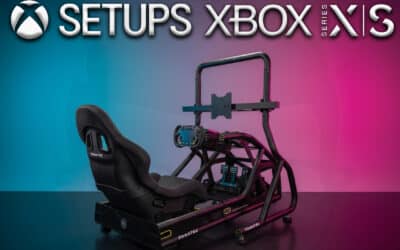

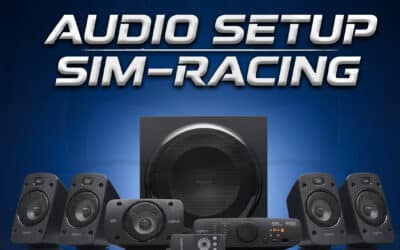
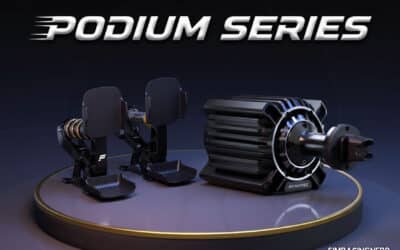
0 Comments